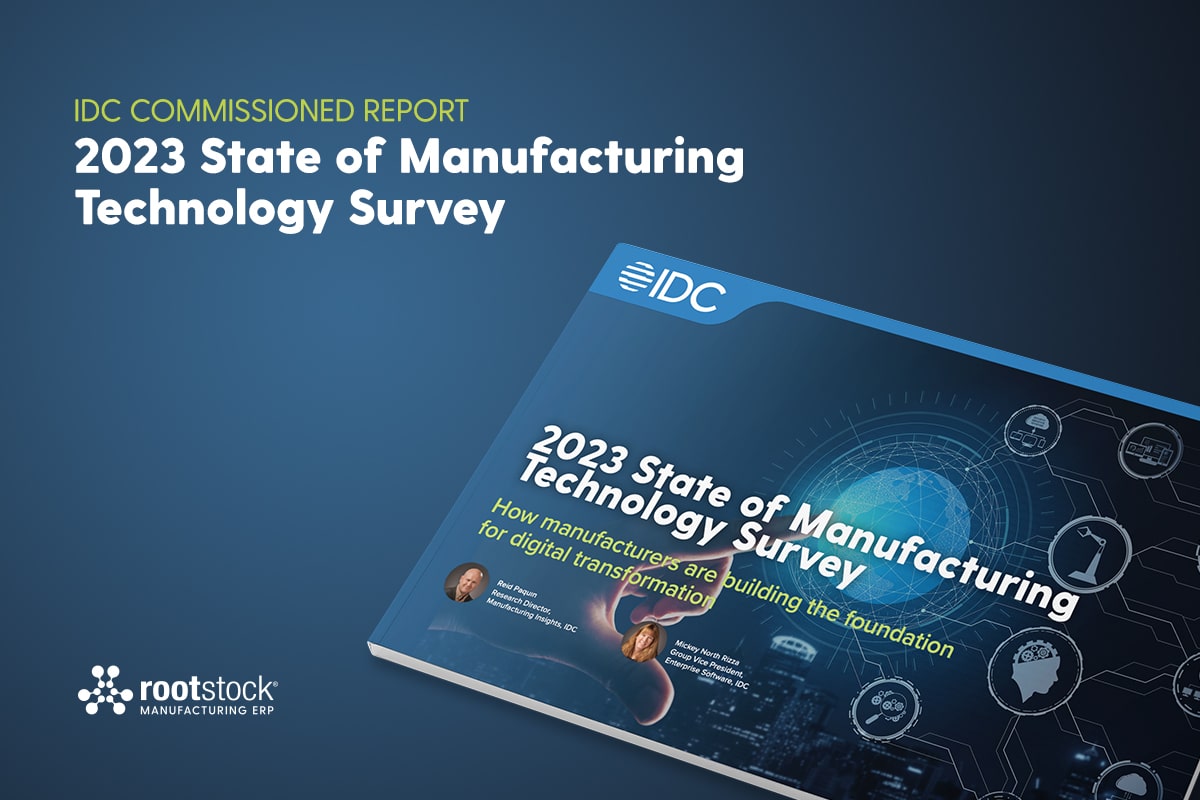There are currently about 12.5 million manufacturing jobs in the US, comprising over 8 percent of the US workforce. Given the improved state of manufacturing in the US, you would expect these numbers to increase.
Unfortunately, there is a labor shortage in the manufacturing industry. While older skilled workers are retiring, manufacturers are having difficulty attracting new, younger workers. On top of that, many younger workers lack the appropriate skills for all these new jobs. With low unemployment and a tight labor market in the US, a lot of these workers can and often do go elsewhere.
Study after study shows that the shortage is expected to continue beyond this year, resulting in potentially large revenue losses and making this a full-blown crisis for manufacturers.
The Making of a Manufacturing Workforce Crisis
What’s behind this labor shortage?
- Retiring workers – It’s estimated that baby boomers will be retiring from all sectors at a rate of 10,000 a day in the United States over the next 19 years. When they leave, they take their years of experience and technical skills with them.
- Not enough young workers – The manufacturing industry isn’t attracting enough millennial workers. These workers have a negative perception of manufacturing jobs and seek jobs in other industries.
- Manufacturing skills gap – Young Americans lack the proper science, technology, engineering and math (STEM) education for skilled jobs in manufacturing. Those who do have a STEM education have been ignoring the manufacturing industry, often in favor of the tech industry. With advanced technologies taking over the manufacturing industry, it is more critical than ever to find workers with the right skills.
Inevitably, there will be an economic ripple effect from the manufacturing workforce crisis. A recent study by Deloitte and The Manufacturing Institute predicts that $454 billion in manufacturing GDP could be at risk in 2028, and more than $2.5 trillion could be at risk over the next decade. Local economies will suffer as well. When companies can no longer fill positions from the available labor pool, they will move away from those areas to greener pastures, leaving cities and counties with empty factories and lower tax revenues.
Global Workforce Impact
Manufacturers in the US are not alone. The workforce crisis is affecting manufacturing around the world. According to a quarterly economic survey by the National Association of Manufacturers (NAM), the global manufacturing industry expects a shortfall of more than two million workers by 2020. By 2030, the shortage could almost be 8 million workers, leading to potential revenue losses as high as $600 billion.
A recent Korn Ferry study found that by 2030, Japan will fail to generate $194.61 billion of revenue because of labor shortages. This is equal to 3% of the country’s economy. Germany, already a manufacturing leader, could face revenue shortfalls of $77.93 billion by 2030. In the study, manufacturing in Hong Kong and Singapore may suffer the most from the labor shortage.
Manufacturing Workforce Labor Shortage Studies
As noted above, recent studies have found that the labor shortage in manufacturing is real. Solving the manufacturing labor shortage is no easy feat, but devising strategies now are vital to organizational success. Let’s take a closer look at some of those studies.
Leading Edge Alliance Survey
A survey of more than 350 manufacturers by Leading Edge Alliance, an association of accounting and consulting firms, found that while most manufacturers are optimistic about sales, they are more pessimistic about finding skilled labor.
Survey responses support this conclusion:
- 52% of survey respondents said that finding skilled labor is their biggest obstacle to growth.
- 43% said that tackling the labor shortage is their top priority for 2019.
- 62% expect to increase hiring at their company in 2019.
Korn Ferry Report
According to a recent report from global consulting firm Korn Ferry, the shortage of skilled manufacturing workers is expected to increase over the next decade. They expect the shortage to increase to 383,000 by 2030, which is equal to more than 10% of all highly skilled workers.
The Korn Ferry report looked at manufacturers across the globe and found that while China and Russia are enjoying labor surpluses right now, by 2030 all countries except India will face shortages of highly skilled manufacturing workers. In Hong Kong, already feeling the pinch of this labor shortage, the shortage of these workers will be equal to 80% of its industry’s workforce. So, the workforce crisis is not only facing the United States, it’s facing manufacturers all over.
Read more from the Korn Ferry Report here.
NAM Manufacturers’ Outlook Survey
In the National Association of Manufacturers (NAM) quarterly survey of 718 NAM members to find out more about the labor shortage.
Here are some key findings from their report:
- 4% of survey respondents said that the inability to attract and retain workers was the biggest threat to their business.
- 4% respondents said that they turned down new business because of the labor shortage and 33.2% said they delayed expanding because of the shortage.
- More than 58% expected to increase hiring over the next year, including 23.1% percent who said that they expected 5% or more employment growth.
Read the full NAM Manufacturers’ Outlook report here.
Deloitte & The Manufacturing Institute Skills Gap Study
The 2021 skills gap study by Deloitte and The Manufacturing Institute found that there is a growing gap between jobs that need to be filled and qualified workers who are able to fill them. Finding the right talent proved to be 36% harder in 2020 over 2018.
The study found that because of the skills gap, eight out of 10 open positions for skilled workers in entry & mid-level positions in U.S. These types of jobs comprise a majority of the workforce and require specific training or skill sets and can take months to fill. Skilled manufacturing jobs require workers with specialized knowledge of production, supply chain, digital technology, engineering, science and research, software or operations.
The results from the skills gap study speak for themselves:
- 2.1 million positions will likely be unfilled between 2020 and 2030 due to the skills gap, resulting in a potential economic loss of over $1 trillion to the U.S. economy by 2030. Jobs like operational managers and jobs requiring digital skills may be three times as difficult to fill over the next three years.
- Finding the right talent is now 36% harder than it was in 2018, even as unemployment rate has nearly doubled the number of available workers.
- Respondents cited the top reasons for not filling these positions as: new employees having different expectations for jobs and careers (38%), lack of interest or attraction to the industry (36%), and baby boomers retiring (34%). Diversity, equity and inclusion (DEI) is a growing influence on workforce trends.
Read the full 2021 Manufacturing Skills Gap Study by Deloitte and The Manufacturing Institute.
Summary
The workforce crisis is a real threat to the manufacturing industry. As baby boomers retire, there is a serious shortfall of skilled younger workers willing to take the increasing number of available manufacturing jobs. So where does this leave manufacturers, many of whom are being forced to turn down new business and scale back expansion? They are adapting several strategies for addressing the workforce crisis:
- Introduce learning and development programs to increase skills.
- Increase flexibility in the hiring process, especially in areas like years of experience and willingness to train promising workers with little or no experience.
- Knowledge transfer from retiring baby boomers.
- Implement more automation such as Cloud ERP to attract new talent.
- Increase wages and offering signing bonuses.
Need tips for solving the manufacturing labor shortage? Read this blog or download the eBook on Solving the Manufacturing Workforce Crisis.







